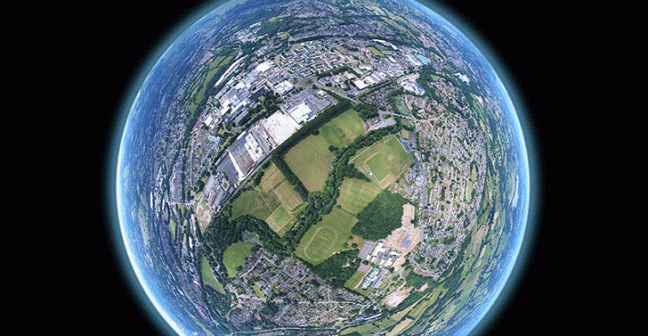This article, published as part of the IES’s Future of ES23 horizon scanning & foresight project, examines the past and potential future of the scientific process, as well as ways to integrate systems thinking, interdisciplinary approaches, and public engagement through scientific literacy...
Blog content
IES Environmental Policy Team · From the Archive 05 - The state of UK rivers
Listen to more episodes of 'From the Archive' on the series hub.
Floods, droughts, sewage, agricultural runoff, hazardous chemicals, straightened concrete banks, barriers and invasive non-native species...
Professor Robert Costanza is familiar to many, perhaps most, scholars and practitioners of sustainable development, particularly those with an interest in the services and values of ecosystems. His contributions are eagerly awaited for insight and guidance. Whilst we are not generally short of...
Today (February 16th) is Kyoto Protocol Day, which commemorates the Protocol coming into force. In turn, it is an opportunity to reflect on the history of climate science during a time when the lessons with which we are now all-too familiar were still entering the mainstream of public...
Following two months of discussions, articles, briefings, and webinars, the first theme of our Future of ES23 horizon scanning & foresight project is now completed.
Find out all about the megatrends shaping the future of the environmental sciences, as well as how we can harness them...
Driven by human activities, the climate destabilisation and biodiversity loss emergencies pose an existential threat to wildlife, people and the planet. Our efforts to protect nature through conservation actions and environmental protection are proving insufficient. New approaches to how we view...






